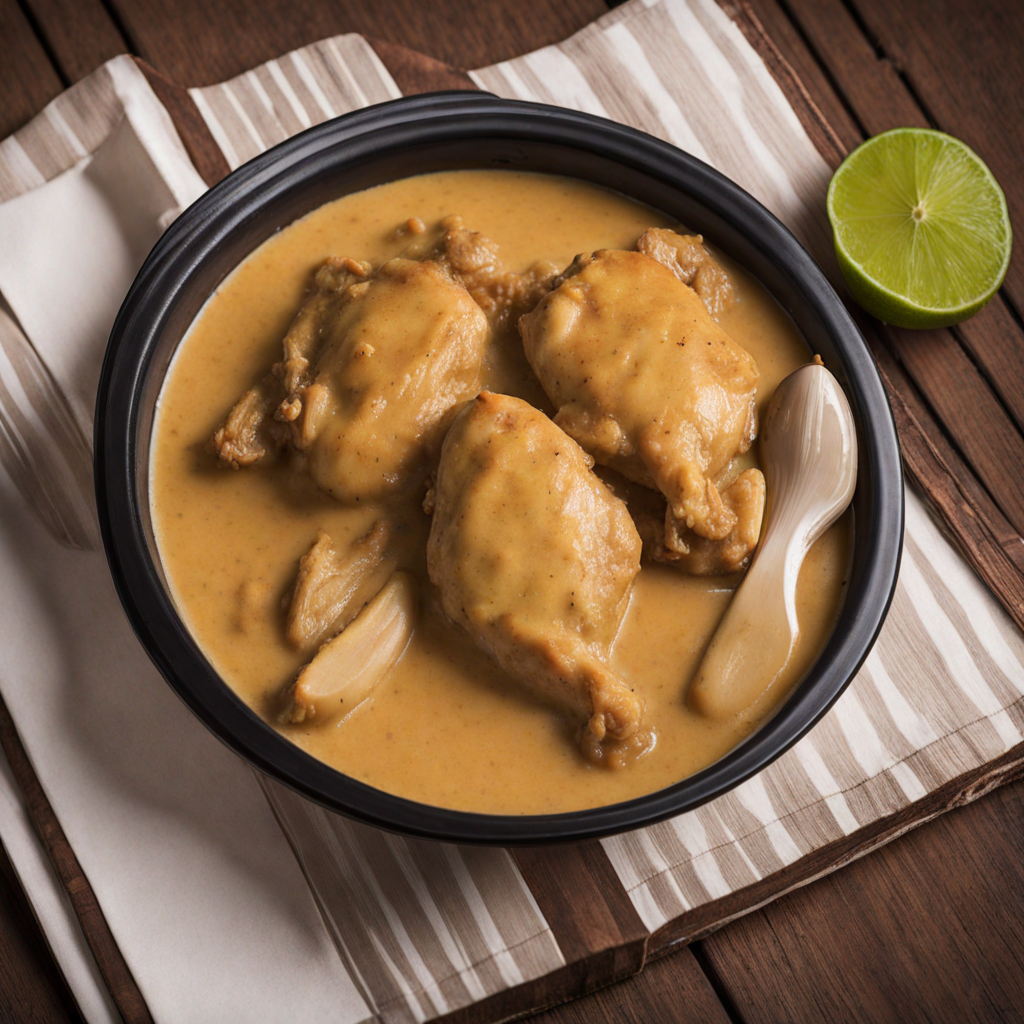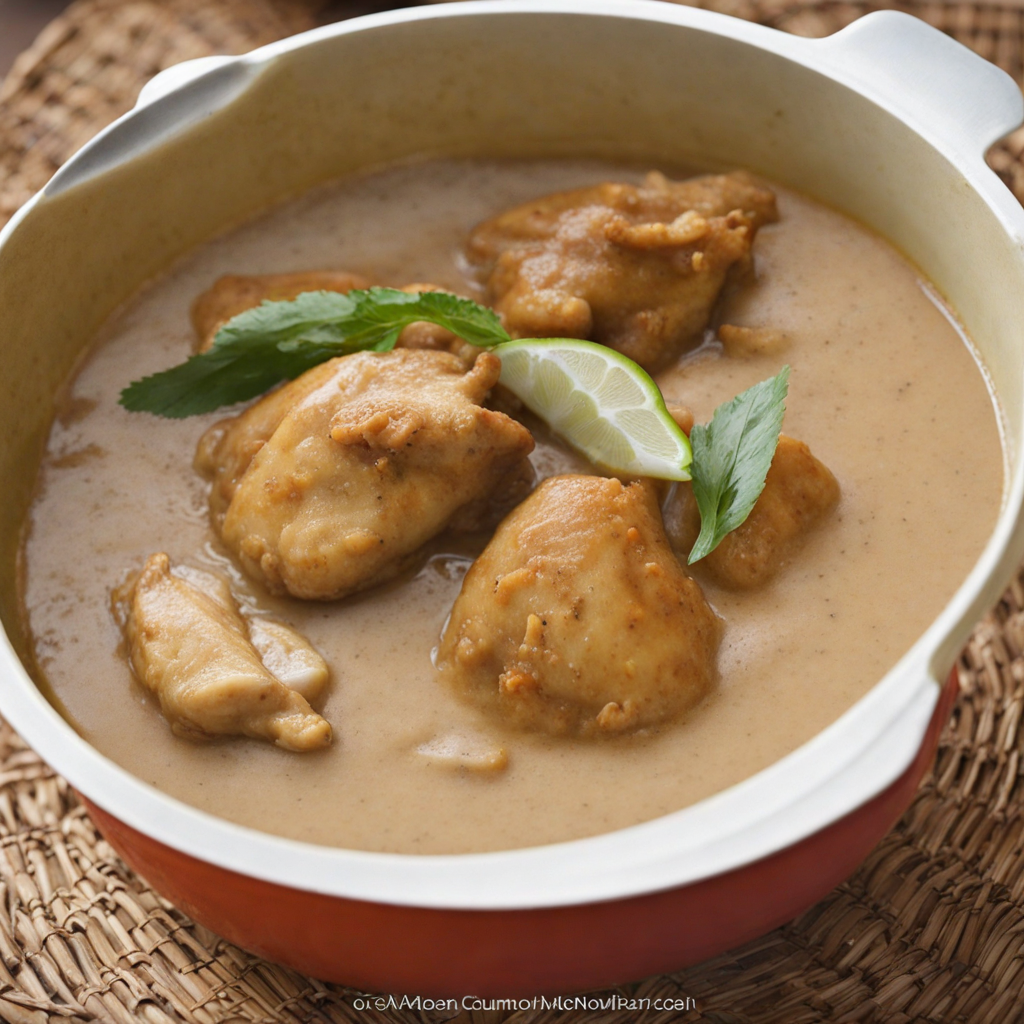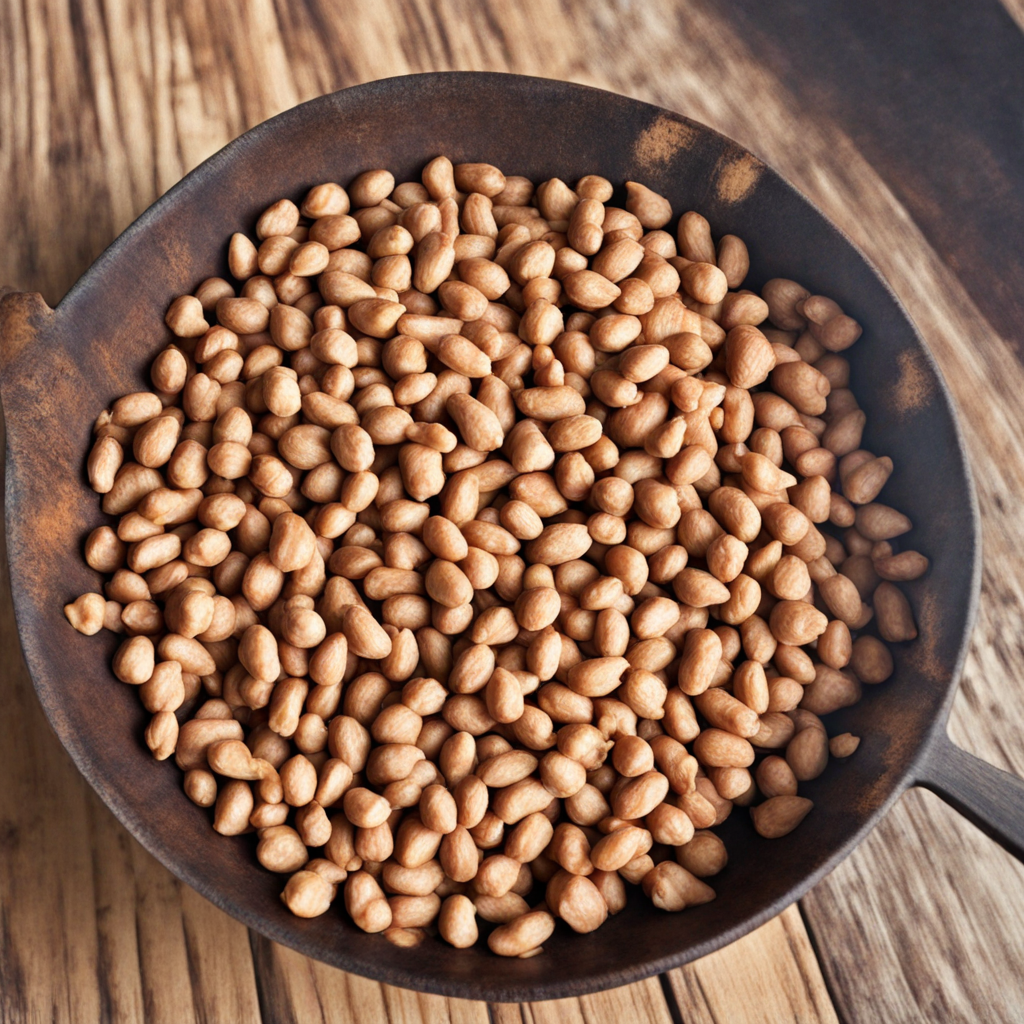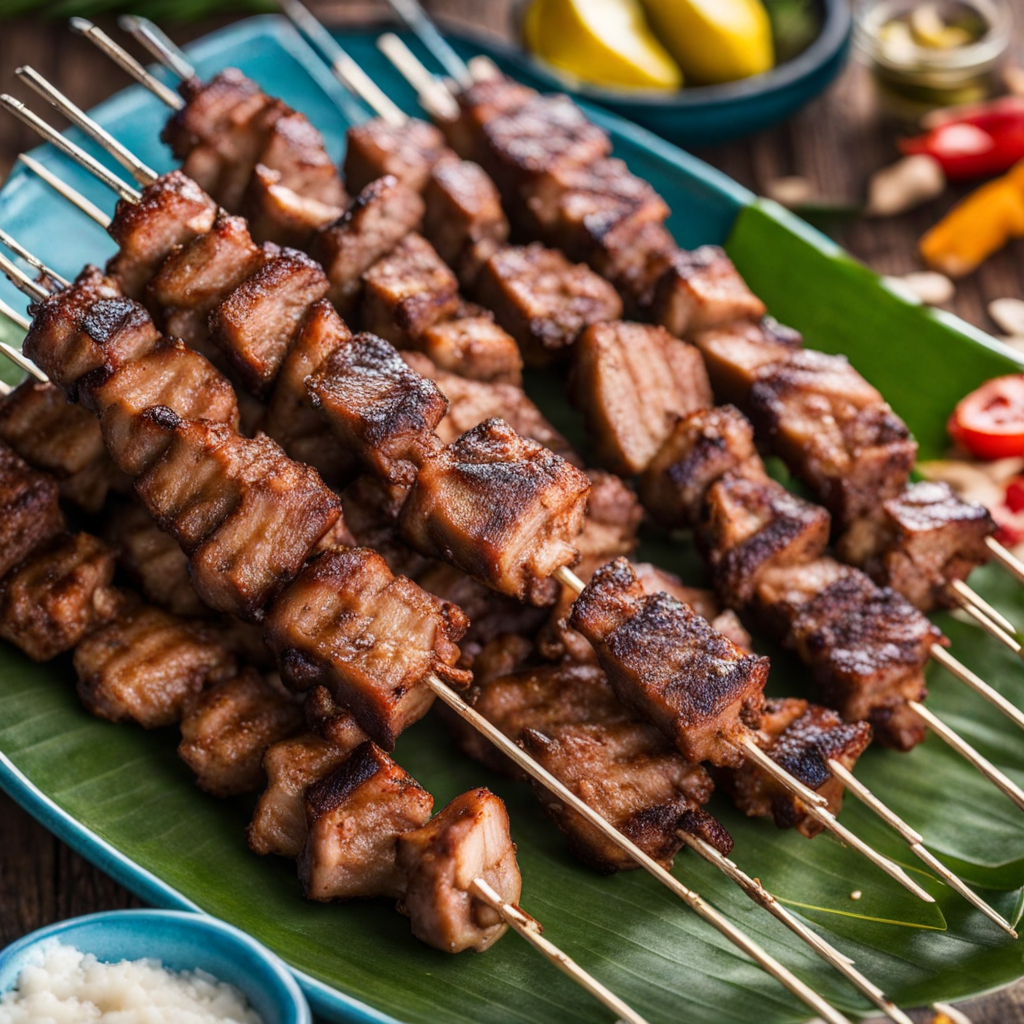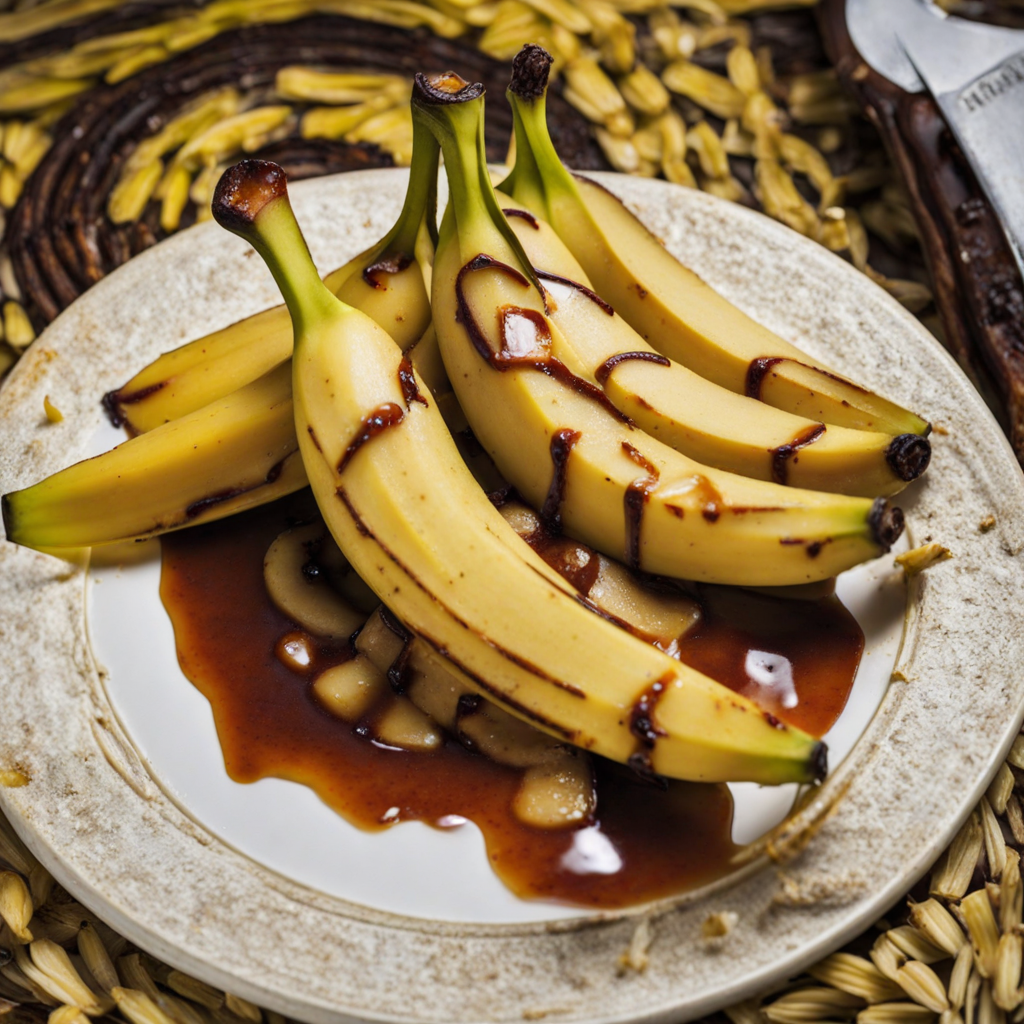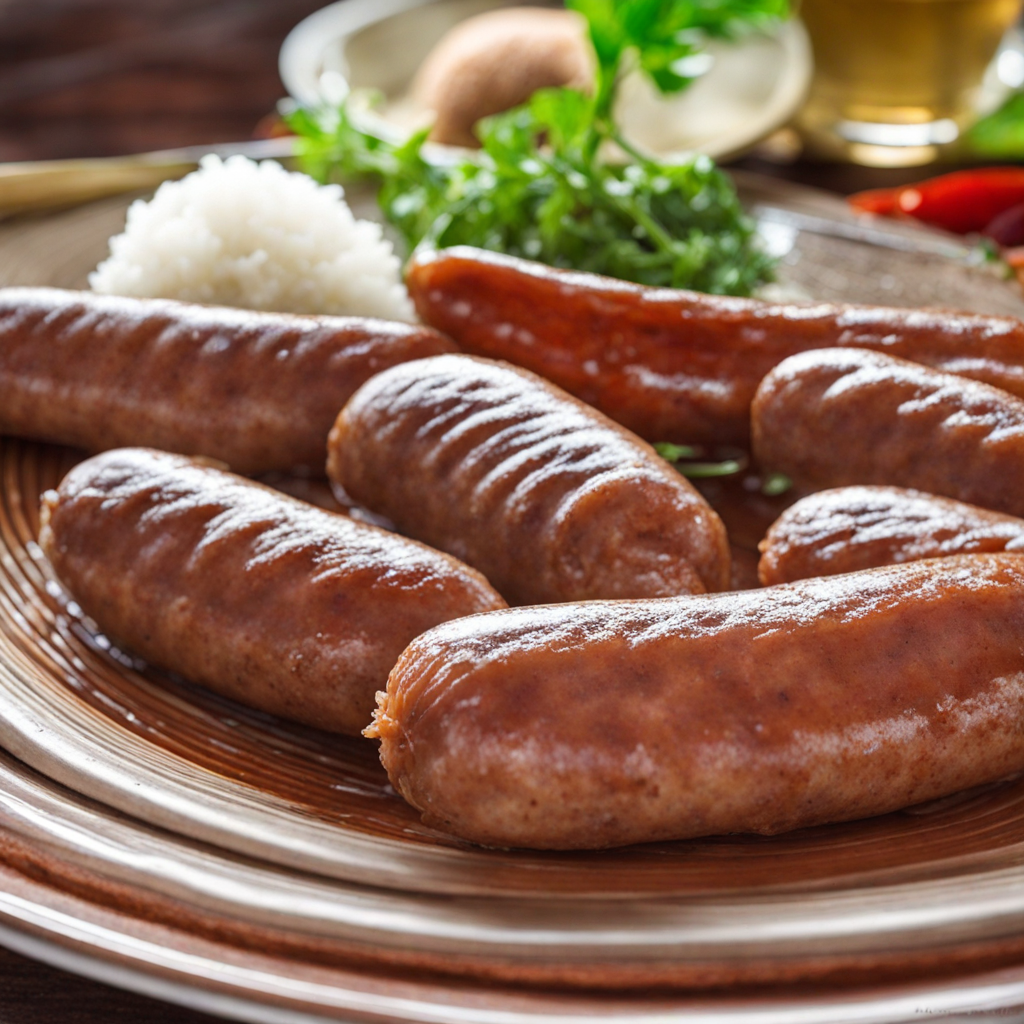Akoho sy Voanio
Akoho sy Voanio is a traditional dish from Madagascar that beautifully showcases the island's rich culinary heritage, characterized by its vibrant flavors and use of locally sourced ingredients. The name translates to "chicken with coconut," which succinctly captures the essence of this dish, combining tender chicken with the creamy richness of coconut milk. Historically, Akoho sy Voanio reflects the cultural influences of Madagascar, a melting pot of African, Asian, and European traditions. The island's long-standing trade routes facilitated the introduction of various spices and cooking techniques, leading to a unique gastronomy that is both diverse and distinct. Chicken has long been a staple protein in Malagasy cuisine, often prepared for special occasions and communal gatherings. The use of coconut, a tropical fruit abundant in the region, adds a layer of richness that elevates the dish, making it a favorite among locals and visitors alike. The flavor profile of Akoho sy Voanio is a delightful balance of savory and sweet. The chicken is marinated in a mixture of garlic, ginger, and sometimes lemongrass, infusing it with aromatic notes. As it cooks, the chicken absorbs the creamy coconut milk, which adds a subtle sweetness and a silky texture to the dish. The addition of spices such as turmeric or paprika can also introduce warmth and depth, while fresh herbs like cilantro or parsley can provide a refreshing contrast. The overall result is a harmonious blend of flavors that is both comforting and satisfying. To prepare Akoho sy Voanio, the
How It Became This Dish
The Culinary Journey of Akoho sy Voanio: Madagascar's Chicken and Coconut Delight #### Origins Akoho sy Voanio, a traditional Malagasy dish translating to "Chicken and Coconut," embodies the rich tapestry of Madagascar's culinary heritage. The island nation, separated from the African mainland for millions of years, has developed a unique culture and cuisine influenced by diverse ethnic groups, including the Merina, Betsimisaraka, and Sakalava, as well as external influences from Arab, Indian, Chinese, and French settlers. The origins of Akoho sy Voanio lie in the indigenous practices of the Malagasy people, who have long relied on the island's abundant local resources. Chickens were among the first domesticated animals, introduced to Madagascar by early settlers. The coconut, which thrives in the coastal regions, became an integral part of the local diet due to its versatility and nutritional value. The combination of these two key ingredients speaks to the resourcefulness of the Malagasy people, utilizing what their environment offers to create a dish that is both satisfying and flavorful. #### Cultural Significance Akoho sy Voanio is more than just a meal; it is a cultural symbol that reflects the essence of Malagasy hospitality and tradition. Often served during significant family gatherings, celebrations, and rituals, this dish plays a crucial role in social interactions and communal bonding. The preparation of Akoho sy Voanio is typically a communal effort, involving family members in the cooking process, thereby reinforcing relationships and cultural ties. In Malagasy culture, food is a means of storytelling, and Akoho sy Voanio carries with it tales of love, family, and heritage. The act of sharing this dish during special occasions highlights the importance of community and the collective identity of the Malagasy people. Furthermore, the dish’s vibrant flavors are often paired with rice, the staple food of Madagascar, making it a complete meal that nourishes both the body and soul. #### Development Over Time As Madagascar's society evolved, so too did the preparation and presentation of Akoho sy Voanio. The dish has undergone various transformations, reflecting the influences of different cultures and the availability of ingredients. Traditionally, the chicken would be marinated with local spices, herbs, and coconut milk, then simmered to create a rich and aromatic sauce. The use of fresh, local spices like ginger, garlic, and turmeric adds depth to the flavor profile, showcasing the island's agricultural bounty. In the 19th and 20th centuries, as Madagascar experienced increased interaction with European colonizers, the culinary landscape began to change. French influence, in particular, introduced new cooking techniques and ingredients, leading to a fusion of flavors. Contemporary variations of Akoho sy Voanio might incorporate European elements, such as wine or cream, while still honoring the traditional recipe. This adaptability is a testament to the resilience of Malagasy cuisine, which has embraced change while preserving its core identity. The rise of globalization in the late 20th and early 21st centuries also played a role in the evolution of Akoho sy Voanio. As Madagascar opened its doors to the world, chefs and home cooks began to experiment with international ingredients and culinary trends. The advent of social media and food blogs has further popularized this dish, allowing it to reach a global audience. Today, Akoho sy Voanio can be found in restaurants across Madagascar and beyond, often presented with a modern twist that appeals to contemporary palates. #### Ingredients and Preparation At the heart of Akoho sy Voanio is the harmony between chicken and coconut. The dish typically begins with whole chicken cut into pieces, marinated in a mixture of garlic, ginger, and spices. Freshly grated coconut is also essential; it can be used to make coconut milk, which is then added to the chicken as it cooks. The process of extracting coconut milk involves grating the flesh of the coconut, mixing it with water, and squeezing out the liquid—a labor-intensive but rewarding task that enhances the dish's authenticity. Once the chicken is marinated, it is sautéed in oil until golden brown, allowing the flavors to seep into the meat. Coconut milk is then added, along with seasonings such as salt, pepper, and sometimes a hint of chili for heat. The dish is left to simmer, allowing the chicken to absorb the creamy, aromatic sauce while developing a tender texture. The result is a comforting, flavorful dish that perfectly showcases the balance of sweet and savory, a hallmark of Malagasy cuisine. Serving Akoho sy Voanio is often accompanied by a mound of steamed rice, which acts as a neutral base to absorb the rich sauce. The meal is typically completed with a side of fresh vegetables, providing a colorful and nutritious balance to the dish. #### Contemporary Influence and Global Reach In recent years, Akoho sy Voanio has gained recognition beyond Madagascar’s borders. As the global culinary scene continues to explore and celebrate diverse cuisines, this dish has found its place in international food festivals, cooking competitions, and culinary tourism. Chefs and home cooks alike are eager to share the vibrant flavors and cultural stories behind Akoho sy Voanio, making it a symbol of Madagascar’s unique culinary identity. The rise of food tourism in Madagascar has also contributed to the dish's popularity. Travelers seeking authentic experiences are drawn to traditional meals like Akoho sy Voanio, often participating in cooking classes or home-stays where they can engage directly with local food culture. This not only supports local economies but also fosters a deeper understanding of Madagascar’s rich heritage. #### Conclusion Akoho sy Voanio stands as a testament to Madagascar’s culinary prowess and cultural resilience. Rooted in tradition yet adaptable to modern influences, this dish encapsulates the spirit of the Malagasy people. Its journey from humble origins to a celebrated gastronomic delight reflects the enduring connection between food, community, and identity. Whether enjoyed at a family gathering, a festive celebration, or a restaurant overseas, Akoho sy Voanio continues to nourish and bring people together, one flavorful bite at a time.
You may like
Discover local flavors from Madagascar


